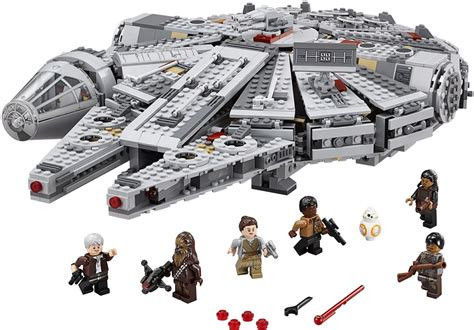1. Intro
I grew up with plasticine, drawing, and lego. The first one is your “Maya” or “blender” in real life, where you could make low to mid poly “assets”. I later took some clay sculpting courses and created “High Poly” ones. Lego would be considered your “low poly” suite. But they were still fun, and you could create some interesting things:

In their proper context, I like both.
2. Low Poly
Low poly has some practical utility, but it is also the equivalent to a “thumbnail” for an artist, or suffice as a “cartoon” Warner Brothers “Bugs Bunny” style verses the Disney’s Animated films (Cartoon, but much more realistic). It still has to follow the laws of nature, but like bugs bunny these can be exaggerated, allowing for fun imaginative liveliness, yet still retaining a pleasing believability.
So I think it depends on how you develop your models. I had fun with my earlier models in this course, and while they were certainly low poly, it did not deter them from being “animated”: Mr. Mctaggard and His Invention being one of them. I could post the others, but they are found in the Mctaggard topic.
However, I will emphasis that I cannot stand Mine Craft. I tried to like it but could not. It hurts my eyes and aesthetic sensibilities. It is too edgy, blocky, and strangely makes me angry. I like to have some organic shapes in my mix of blocks. At least Lego had that. In Theory, I understand the appeal to Minecraft’s simple yet intricate physics engine. But in practice the game is ugly.
3. High Poly:
These can be both appealing but challenging. It is like still life or gesture drawings. In the creative workflow of traditional art, it is good to become familiar with reality in order to render it faithfully. If you can draw real people or objects at multiple angles realistically, then it is much easier to do anything short thereof. It is the bar to work up to, but in my mind, not one a person needs to stick to.
Try doing chin-ups, and then hold yourself up and stay there for a long period of time… you get tired and eventually have to lower yourself to rest.
4. Verdict?
Should I become proficient enough I would like to dwell somewhere in between, a “mid-Poly” developer; styled high poly, or intricate low, or however one might try to describe that large ambiguous grey area. It is like some amorphous creature that consumes high poly models and over time, in its digestive wake, it renders them down into low poly ones.
As a challenge, or as work requires, I would try rising to high-poly mountain tops, but do not shy away from dipping down into the low poly valleys to rest beside their blocky streams and to play in their simple fields once in awhile.



